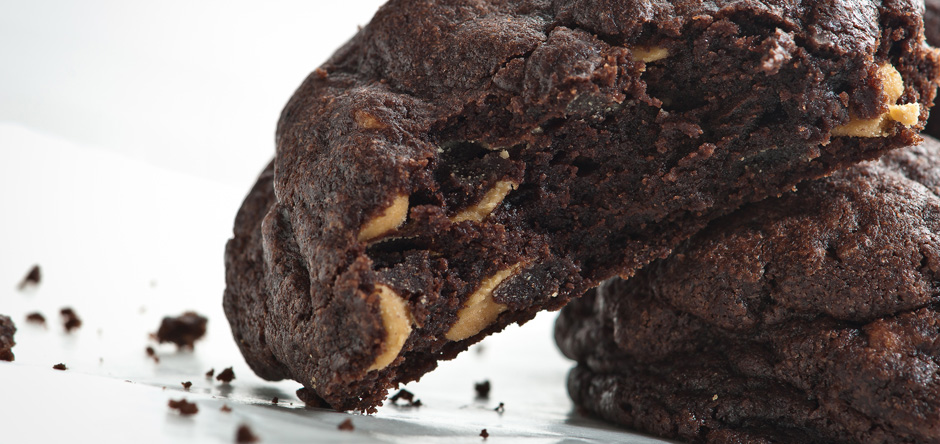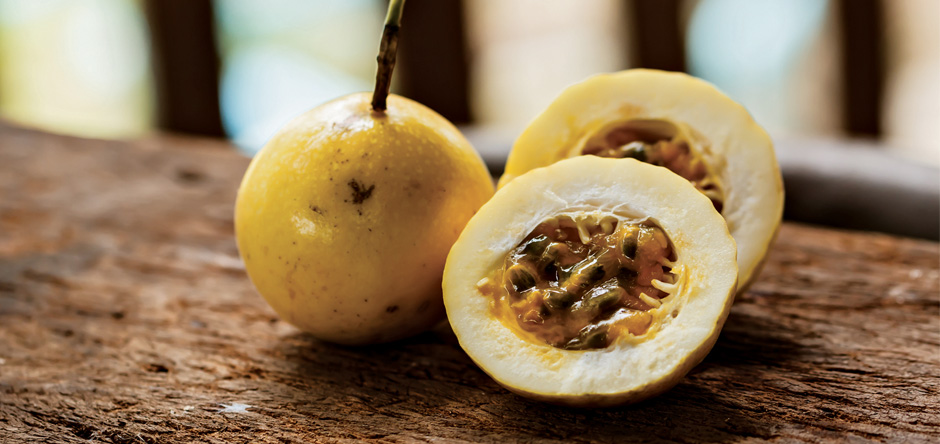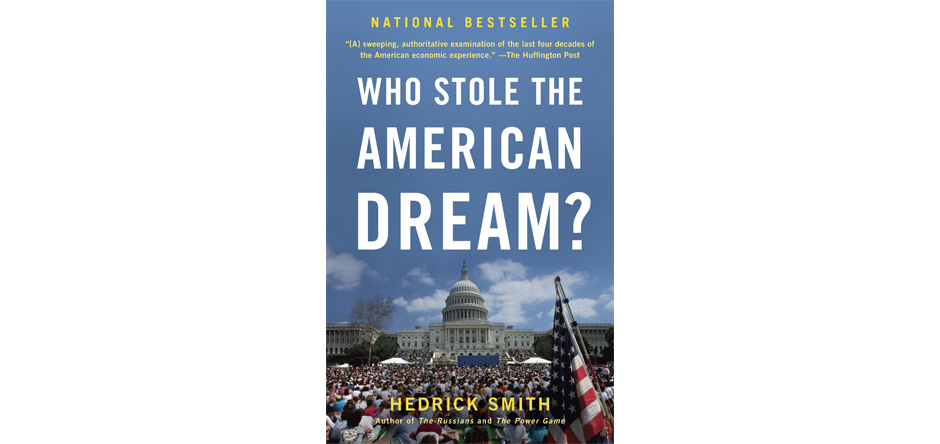In 2012, Novak Djokovic defeated Rafael Nadal for the Australian Open men’s singles title in a nearly six-hour match that is still the longest final in Grand Slam history. The match was so grueling that blood seeped through Djokovic’s socks, and he and Nadal were given chairs so they wouldn’t have to stand through the trophy ceremony.
Afterward, Djokovic — whom Forever Sports magazine has called “the fittest man in the world” — celebrated in the locker room with his guilty pleasure.
A square of chocolate.
Such is the lure of the treat for the famously disciplined “Nole” that he keeps it close by even as he doesn’t indulge, dispensing it at press conferences.
“I know you want two,” he’ll say to an enthusiastic reporter.
Nor is Djokovic alone among the slim, trim celebrity adherents. Once when a fan approached Nicole Kidman for an autograph, the Oscar winner reached into her purse only to produce a gooey pen, which had nestled near the (melting) chocolate eggs the actress had taken from the Easter basket she made for daughter Isabella.
Ah, the perils of the chocoholic.
But what makes chocolate such that it is treasured by athletes and actors alike — along with us mere mortals who have helped make it a $50 billion (and counting) industry?
“I think there are a lot of different ways to answer that,” says Sherry Blockinger, owner of the sherry b dessert studio in Chappaqua. About 80 percent of the goodies there have some chocolate, from the popular Chocolate Chunk Walnut and Double Chocolate Peanut Butter Monster cookies to the shop’s three kinds of brownies — the Sea Salt Caramel Stuffed Brownie, the Oreo Cheesecake Brownie and the Blondie Ate a Brownie.
“First, chocolate’s uses are sort of special,” says Blockinger, a self-described chocolate “cookie monster” who remembers always having chocolate stains on her clothing in childhood photos. “Who doesn’t have great memories of hot chocolate as a kid or birthday cakes made of chocolate or Valentine’s Day chocolates from a sweetheart?
“One of the nice things about chocolate is … you don’t need to eat a lot of it to feel satisfied. You can use it as itself or as a flavor. There’s something appealing about it, which may be why women are drawn to it when they’re PMS-ing.”
Cocoa solids — contained in milk and dark but not white chocolate — are not only rich in flavanol antioxidants, but also contain alkaloids like theobromine, phenethylamine and caffeine, which have been linked to serotonin levels in the brain. (Theobromine makes milk and dark chocolate toxic to animals so no-no to these bonbons for Fido.)
The chemicals in chocolate may not only produce a pleasant sensation, but in the case of dark chocolate have a beneficial effect on blood pressure — although the jury is still out on that one.
Certainly, the presence of caffeine would account for the boost chocolate can provide. Once asked for the one full-proof food to get through an all-nighter, The New York Times’ food columnist Mark Bittman said a cup of coffee and a Snickers bar would do the trick.
Blockinger also points to chocolate’s almost 4,000-year-old history, beginning with the pre-Olmec peoples and continuing with the Maya and the Aztecs in Mesoamerica. Fierce and fascinating, these pre-Columbian peoples believed in a transcendence realized through blood sacrifice, a ballgame that resembled soccer, and chocolate, creating the bitter, frothy drink — often enhanced with chili and other spices — from the fermented, roasted seeds of the cacao tree.
The Maya liked it hot. The Aztecs liked it cold. The Spanish conquistadors were with the Maya, adding sugar and honey when they took the concoction back to Europe in the 16th century.
It wasn’t long before drinking chocolate took off among the elite, but it would take the 19th-century’s Industrial Revolution to produce chocolate for the masses, along with innovations (milk chocolate, boxed candies) and names (Lindt, Cadbury and Hershey) we know today.
Chocolate is not without its drawbacks. Like many other New World products, it relied heavily on slavery. It’s a shadow from which chocolate lovers cannot free themselves, because half of the world’s chocolate today comes from the Côte d’Ivoire with the help of child laborers who could never afford the treat themselves. Guilty pleasure indeed.
Then, too, chocolate offers a challenge as heat and humidity are not its friends (s’mores and fudge sundaes excepted).
“Keep it cool, away from the light and heat in a cool pantry,” advises Blockinger, who stores hers in sherry b dessert studio’s finishing kitchen, which has cooler temperatures and humidity controls.
It is perhaps odd that National Chocolate Day should fall in the summer, on July 7.
But then, we chocolate lovers know that every day is Chocolate Day.





